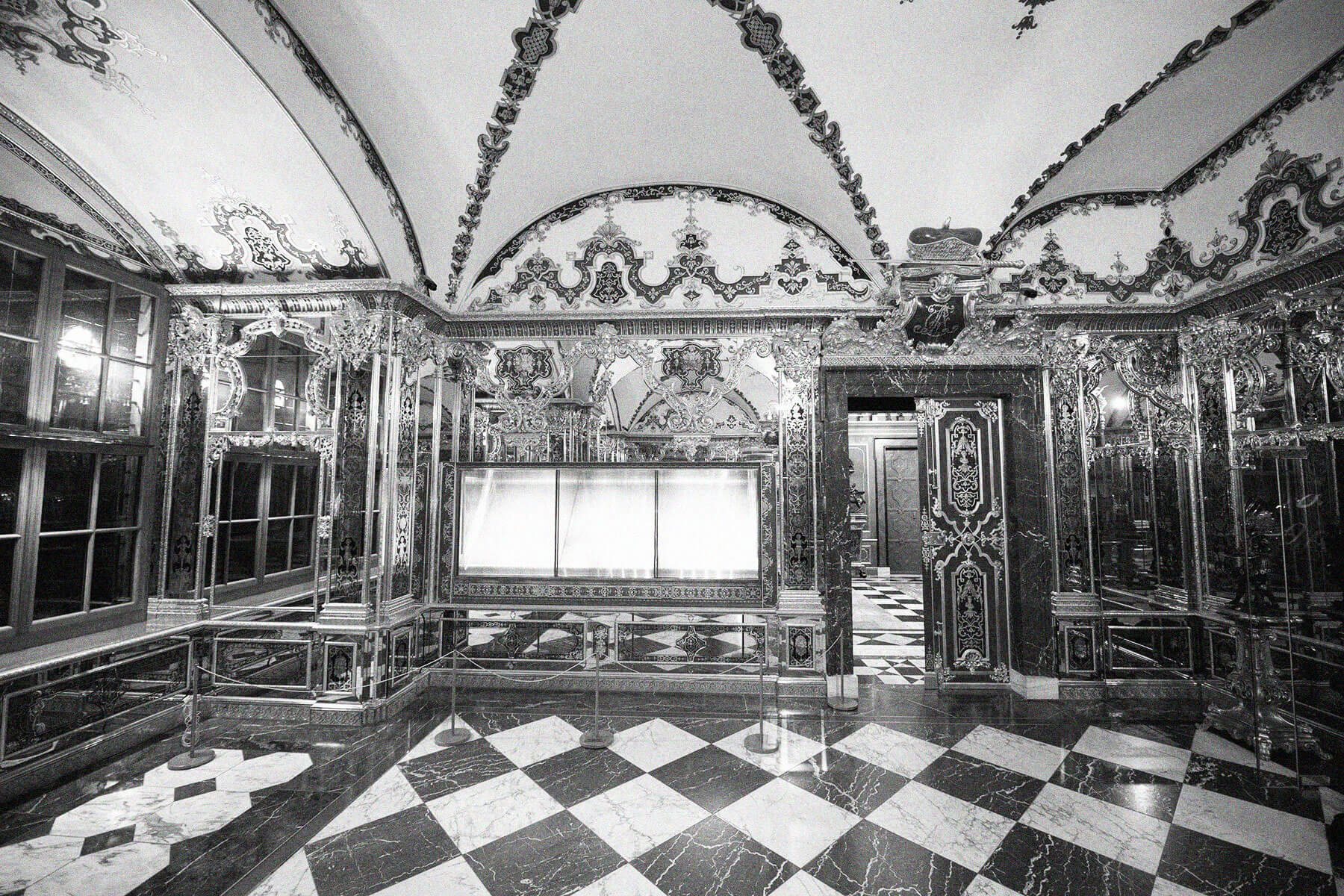| F rom 1776 to 1800, the United States capital bounced around between nine different cities. This frequent relocation was due to a mix of safety concerns amid the American Revolutionary War and a lack of a bureaucratic infrastructure in one centralized place. Philadelphia served as the nation's first capital (at the time, the capital was considered to be the city where Congress met and enacted legislation) after the adoption of the Declaration of Independence on July 4, 1776. But due to safety concerns regarding a potential British attack on the city, Congress relocated to Baltimore, Maryland, on December 20, 1776, and the seat of government remained there for just over two months. |
|
| Congress returned to Philadelphia in March 1777, but fled once again due to the British occupation of the city that September. Delegates retreated further into Pennsylvania, settling in Lancaster for a single day on September 27, 1777, and then moving to York. After the British army departed Philadelphia in June 1778, the capital returned to the city for roughly five years. But during the Pennsylvania Mutiny of 1783 (an uprising of soldiers over unpaid wages), Congress vacated Philly in June and headed to Princeton, New Jersey. Future relocations took Congress into the Maryland State House in Annapolis, then to Trenton, New Jersey, followed by New York City. In July 1790, the Residence Act was signed into law, establishing Washington, D.C., as the nation's official capital. It also reestablished Philadelphia as a temporary capital until the city of D.C. was further developed and the proposed Capitol building was complete. Congress returned to its original home for 10 years until November 1800, when the capital was finally moved to Washington, D.C., where it remains. |















No comments:
Post a Comment